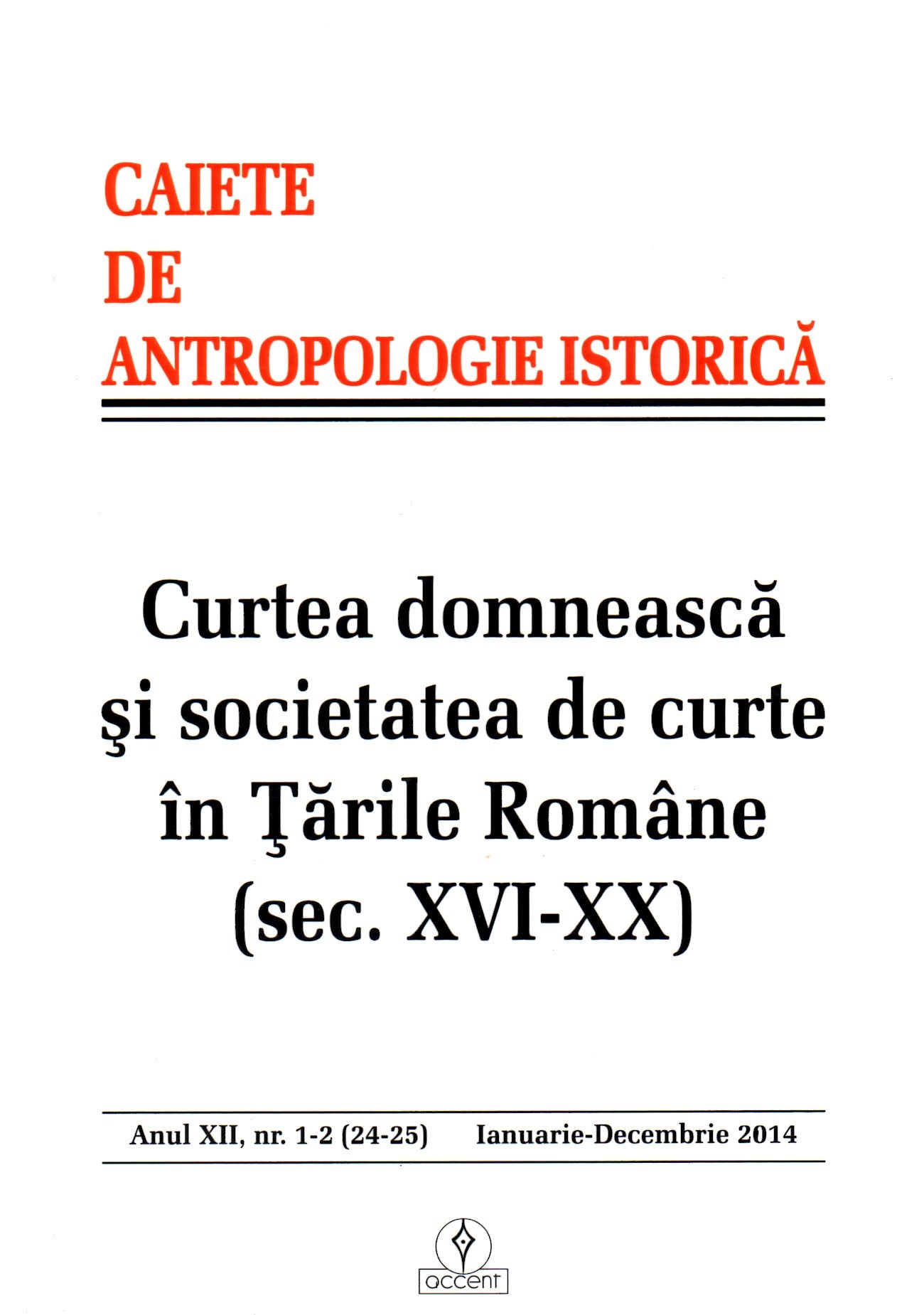Modele de principesă la curtea princiară a Transilvaniei în secolul al 17-lea
Princess Types at the Princely Court in 17th Century Transylvania
Author(s): Judit BaloghSubject(s): Social history, 16th Century, 17th Century
Published by: Accent Publisher
Keywords: the Principality of Transylvania; the court society; the court of the Transylvanian princesses; cultural and artistic patronage;
Summary/Abstract: The present study examines the role the feminine presence, especially that of princesses at the court of the Transylvanian principality from the middle of the 16th century until the end of the 17th. The true importance of the courts of the princesses was the fact that they had positive effects on court life, communicational relationships and relational capital. The courts of the princesses were of great importance because, as the general example of Europe indicates, the life of the entire court and the flourishing of culture revolved around them. At the royal court of Hungary before the battle of Mohács, Beatrix of Aragon, the wife of Matthias Corvinus, and Mary Habsburg, the wife of Ludovic II had one such spectacular impact. Their weddings had already become important diplomatic and representative events, and afterwards scientists, artists, priests emerged around them and their court became a suitable place for internalizing the rules of court life, the presence of the aristocracy at these courts offered it the possibility of developing its own relational networks and of devising its matrimonial strategies. The emergence of the princesses initiated a series of constructions and innovations even in case of already well-functioning courts before their ascension. Almost all the time, modernization was a result of the arrival of the new wife of the ruler at his court. Through the entire 17th century, the court of the princess was almost institutionalized in the time of Catherine of Brandenburg and Susana Lorántffy. Thanks to her penchant for luxury, which she inherited from her family, Catherine was in this respect a perfect match for Gabriel Bethlen who considered representation to be the symbol of his power. The learning and sensibility of Susana Lorántffy managed to retain from Catherine’s court all the features acceptable for Transylvanian society. She created a court where the princess had so many functions that they were impossible to follow, precisely because of the authority she enjoyed, a segment of the Transylvanian elite considering her a model even after she renounced her princely title. But the roles she created proved to be examples impossible to ignore for her two successors. Sofia Báthory carried on the princely tasks initiated by her even while contesting her persona, while Anna Bornemissza truly admired her and tried hard to mimic the image of the princess that she personified.
Journal: Caiete de Antropologie Istorică
- Issue Year: 2014
- Issue No: 24-25
- Page Range: 104-122
- Page Count: 17
- Language: Romanian

